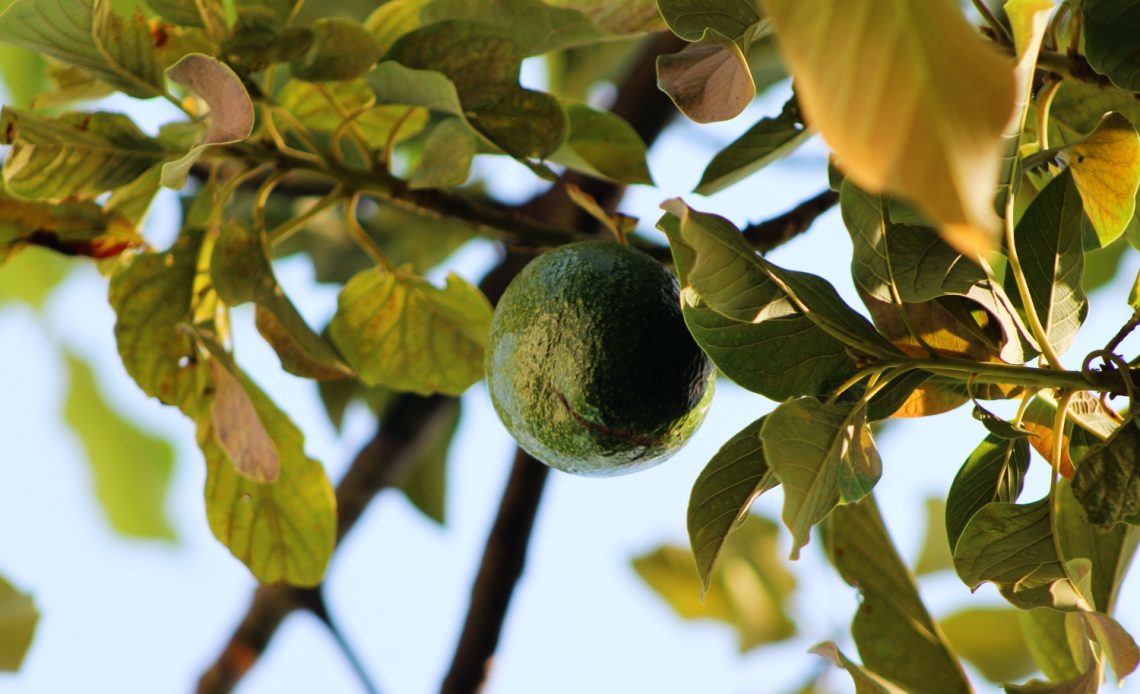

We’re here to help! Wild Yards is a completely free website that is 100% dedicated to helping you create a wildlife-friendly, sustainable yard. Read more
WildYards is reader-supported. When you buy a product through a link on our site, we may earn a comission. Every product is independently selected by our (obsessive) editors and our reviews are unbiased and objective. Read more about our mission or our privacy policy.
If you’re an avid home chef, you can’t go without fresh avocados. Perfect for fajitas, pasta, smoothies, and warm, crispy toast, avocados are so versatile, they can be used in savory dishes and sweet treats alike.
Did you know you can start your own tree from the pit of an avocado that you purchased from the grocery store? It’s actually pretty easy, and a great way to see the avocado seed growing stages firsthand.
So if you want to develop your skills as a gardener, and grow your very own avocado tree, today we’ll be showing you exactly how to do it.
Avocado trees are started from large pits, which typically germinate in 4 to 8 weeks. Seedlings should be transplanted into large pots to get established. Trees begin producing fruit anywhere from 8 to 20 years after sprouting.
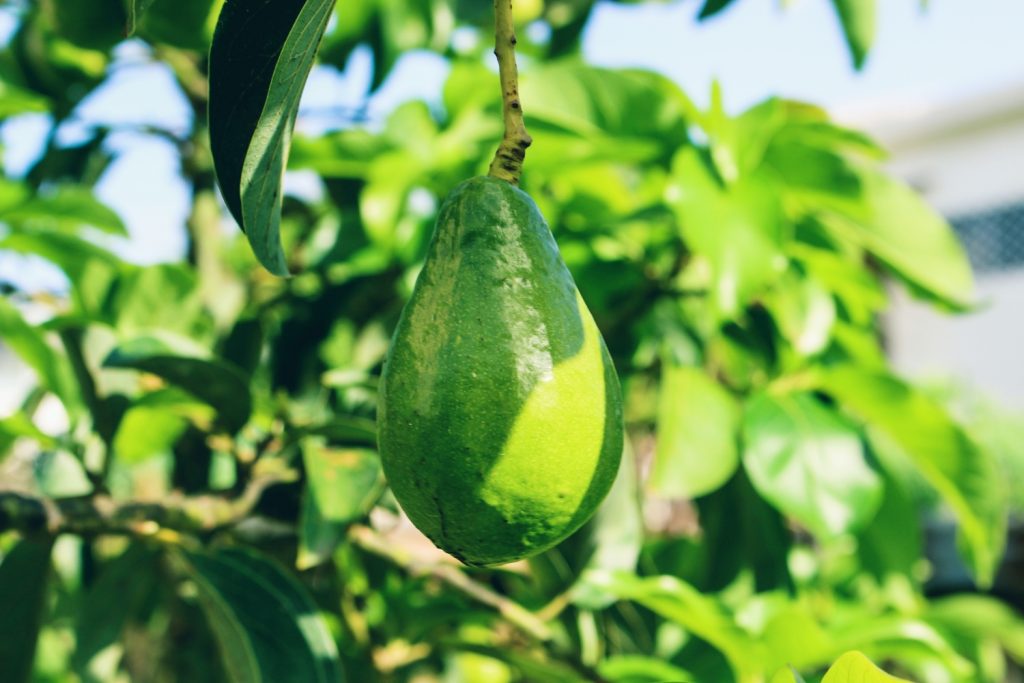
Stage 1: Starting seeds
The first of the avocado’s growing stages looks a lot different than the starting points of most plants. Unlike cauliflowers, pumpkins, or other garden favorites, which can be started by sowing seeds in peat pots, avocado pits must be prepared before they can sprout.
Take an avocado pit and wash it under cool tap water, then peel the brown skin off. This will make it easier for the shoot to emerge from the pit once it’s ready.
Once your avocado seed is ready, you can start it in one of two ways. We recommend trying both methods out, that way you can get a feel for them and figure out which one you like best.
Presoaking seeds
Take a peeled avocado pit and wrap it in a damp paper towel, then place it in a Ziploc bag. Avocado seeds need to stay warm and moist to sprout, so set the pit in a sunny, humid location.
Check the paper towel regularly and be sure to keep it moist. In 4 to 8 weeks, you should notice tiny roots emerging from the pit.
Wait until the roots measure 1 to 2 inches, then remove the pit from the bag and place it in a jar full of water, using toothpicks to prevent the seed from becoming fully submerged.
Skipping soaking
If you would rather skip the soaking step, then once the seeds have been peeled, you can go straight to setting them in jars of water. You’ll notice that an avocado seed is slightly tapered, with a small round knot on one end. This is the bottom of the pit, where the roots will emerge once it germinates.
Place the pit knot-side down in a jar full of water, but keep ½ to ⅔ of the seed above the water. You can either set the avocado pit in a jar with a narrow rim that can keep the seed suspended on its own, or insert toothpicks into the pit to stop it from falling down into the jar — much as you would if you were starting potato slips.
Avocado seeds drink a ton of water, so check the level regularly, and change the water out when it gets cloudy.
The first of the avocado tree’s growing stages can last for quite a while, as plants take root and begin producing foliage. Avocado plants can survive in water for a long time. But, eventually, they will reach the next growth stage, which is…
Stage 2: Seedlings
The first few sets of leaves your avocado plant produces will take the shape of the plant’s adult leaves, but will have a much softer texture. These baby leaves help the young tree transition from relying on its seed for energy, to producing energy for itself.
As the seedling grows, these leaves will mature, too, getting bigger, and turning from brownish green to a deeper kelly green. When they’re just starting out, the leaves will be quite delicate, but they will become a bit more leathery as time goes by.
Exactly what your young avocado tree’s adult leaves will look like depends on the plant’s variety. In general, avocado leaves are lance or oval-shaped with a sharp point on the end. The leaves may have smooth or finely-toothed edges and a matte finish.
During the prior avocado seed growing stage, the seedling focused on producing strong roots. But in this avocado seed growing stage, the plant will start growing a long stem and bigger leaves.
The young seeds typically produce bushy clusters of leaves at the tips of long stems. And when we say long, we mean long. You might be surprised by how tall your avocado seedling’s “trunk” grows!
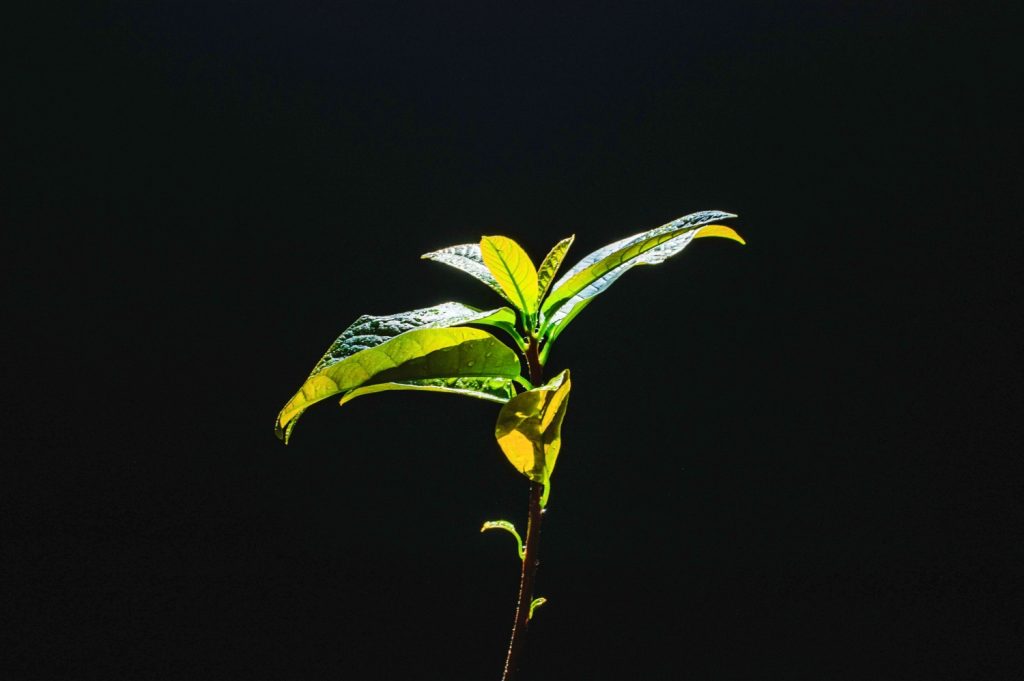
Stage 3: Transplanting young trees
When your young avocado tree measures 8 to 12 inches in length and has developed 4 to 6 sets of leaves, it’s ready to be moved to its first pot. Because an avocado’s root system is so long, you’ll need to place your seedling in a deep pot.
Be sure to choose a planter that isn’t too narrow. Once the avocado plant’s roots are buried, they’ll start to grow out, rather than down, so they’ll need plenty of wiggle room to spread.
Avocados grow best in loose, loamy soil that is rich in decomposing organic materials. Your avocado seedling should grow just fine in a standard potting soil mix. But be sure to add a heaping dose of compost to ensure all of the plant’s nutritional needs are met. Compost also adds structure to the soil, which reduces compaction and improves aeration and drainage.
It’s important to keep the seedling’s soil damp at all times. Avocado pits use up a ton of water, so keeping the young plant hydrated is critical to its development.
But, vital as it is that you keep the plant’s soil moist, it’s just as important to avoid overwatering it. Muddy soil may cause the seedling’s roots to rot, so test the soil before giving the plant a drink.
Your avocado tree will grow best when the temperature stays above 50 degrees Fahrenheit. Trees need at least 6 hours of bright light every day, so situate your avocado seedling in a location where it’s sure to get plenty of sun and bring the plant in when the mercury drops.
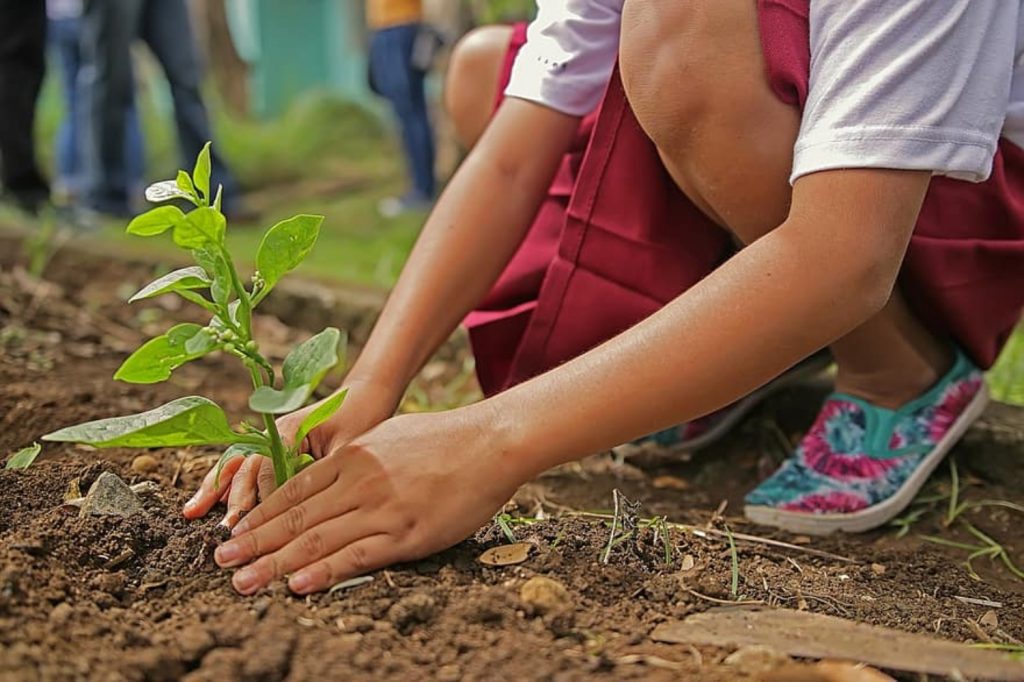
Stage 4: Getting established
Once you’ve placed your avocado seedling in the soil, the plant should continue growing without skipping a beat. However, you may notice the seedling’s growth rate starts to stall out. This is normal. Many plants grow more slowly in the days following transplanting.
If it seems like your avocado seedling has stopped growing after being moved to a pot, don’t panic! It should start growing again in two weeks at the most. Just be patient.
After the plants get adjusted to their new home, they’ll enter the next avocado seed growing stage. At this point in their development, the plants will start filling out, producing stronger, broader root systems, and thicker foliage.
Avocados are heavy feeders, constantly pulling vitamins and minerals from the soil so they can continue growing. So it’s important to fertilize your young trees at this stage to make sure they get plenty of nutrients.
Avocado trees use more nitrogen than just about any other nutrient. An NPK fertilizer like 6-3-3 will work well. Since avocados share many of the same nutritional requirements as lemon trees, you can also feed them fertilizers designed for citrus trees.
Your avocado trees should be fed once during their first year of growth, and annually until they mature, after which point, the soil should be tested before more fertilizers are applied.
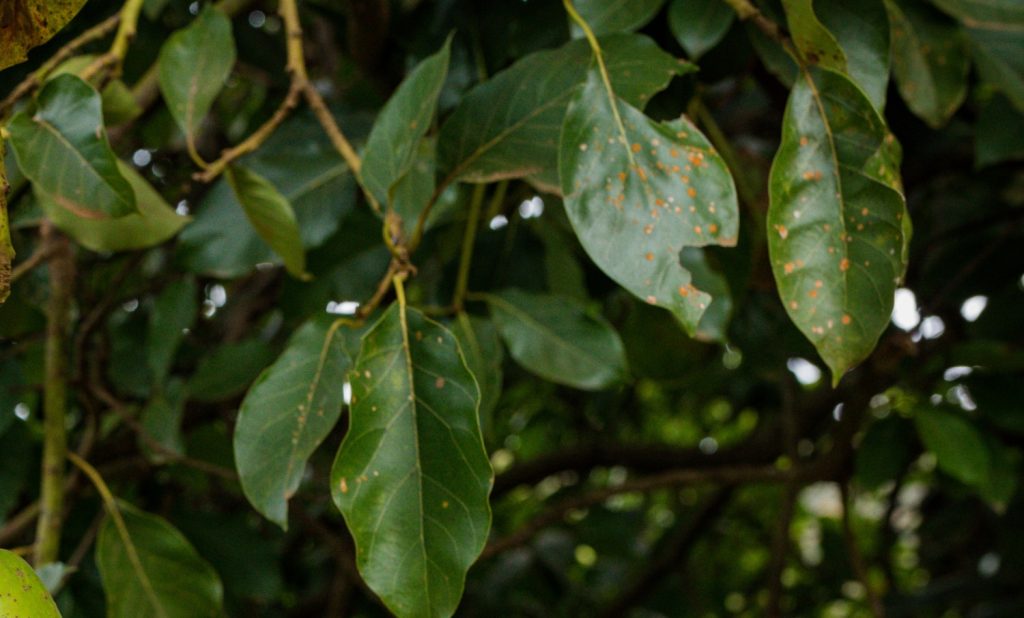
Stage 5: Flowering
Avocado trees do not reproduce during their first year. In fact, it can take these trees quite a while before they’re ready to start flowering. When started from seeds, avocado trees can take anywhere from 3 to 15 years to make flowers.
It’s worth noting that trees that have been grafted often begin flowering much sooner than trees started from seeds. Grafted trees typically flower in 3 to 5 years. So even though it can be fun watching your avocado seeds sprout, if you want to harvest your own avocados as fast as possible, consider purchasing a tree from a nursery, instead.
It can take avocado trees years before they start flowering. But, once they do, the process is interesting to watch. Plants produce clusters of green to yellow blossoms, that are small and star-shaped.
The flowers have a slightly sweet fragrance that’s highly attractive to pollinators, especially bees. If you keep your avocado tree indoors, be sure to move it out onto your deck or patio during its flowering period. Even though many avocado varieties are self-pollinating, allowing bees, beetles, and butterflies to visit the flowers speeds up the process.
Most avocado trees bloom from late fall to early spring. Like many other plants, avocado trees produce both male and female flowers. But, unlike many other plants, avocados produce female flowers first.
Once the tree’s female flowers have opened up, male flowers follow suit. Though the plant will lose the vast majority of these fragrant flowers, the buds that get fertilized will go on to produce fruits.
Stage 6: Growing avocados
Once pollinated, your avocado trees will lose their remaining flowers and start focusing all of their attention on developing their fruits.
Baby avocados are small and round with the same lumpy texture as mature fruits. Depending on their variety, avocados may be bright green, deep green, or somewhat brown when they first appear. As the fruits develop, they will gradually take on the traditional pear shape. Avocados are ready to be picked when they’ve developed their mature color and have some “give” when squeezed gently.
Avocados do not ripen on the tree. They only ripen once they’ve been picked. It can take anywhere from 6 to 18 months for avocados to mature. ‘Hass’, ‘Fuerte’, and ‘Bacon’ avocado varieties mature the fastest, typically between 6 and 7 months. But some cultivars, like ‘Pinkerton’ and ‘Reed’, can take more than a year before their fruits are ready to be harvested.
Once picked, keep the avocados are room temperature to ripen. You can speed up the ripening process by sticking the avocados in a paper bag.
A mature avocado tree can produce 150 to 500 avocados in a growing season, but, obviously, smaller trees won’t produce nearly as many.
During your avocado tree’s first fruiting season, the plant will likely produce between 5 and 20 avocados. It’s worth noting that avocados are intermittent bloomers, so they may not produce flowers and fruits every year.
How fast the fruits on your avocado tree mature depends on several factors. If all of the plant’s light, water, and nutritional requirements are met, this will help speed the fruiting process along. Your avocados will also mature much more quickly in a warm, humid environment than a cool, dry one. Be sure to keep the soil moist during this time to encourage plants to produce healthy fruits.
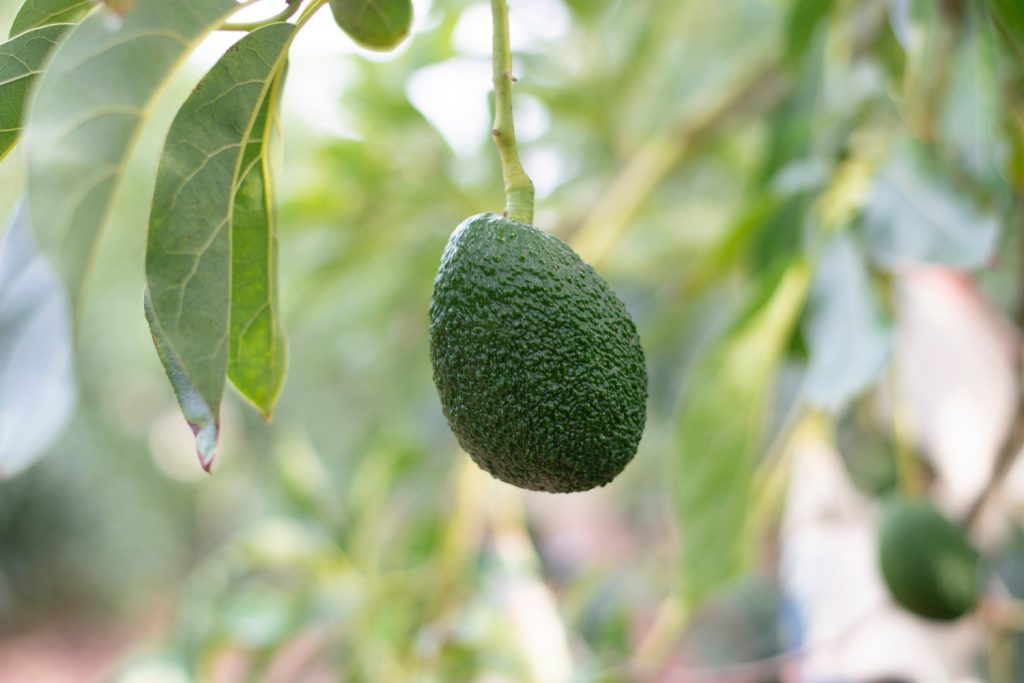
Stage 7: Regrowth
Avocado trees are evergreen, so they don’t lose their leaves in winter. Because the trees never truly go dormant, they enter a period of regrowth shortly after their fruits are picked. With no more avocados to develop, the tree can devote its resources to recovering from its reproductive period. After that point, plants will begin producing more foliage and deeper root systems.
Under ideal circumstances, avocado trees can grow 12 to 24 inches per year. Trees grow much more quickly in warm weather than they do in cool climates.
How much your avocado trees grow during this stage depends on environmental factors, too. If the tree goes unwatered for a long period, either due to a drought or a forgetful gardener, then the plant’s growth may slow down.
The regrowth stage marks both the end of the avocado seed growing stages and the beginning of a new cycle. Once the tree has successfully reproduced, you can enjoy the fruits of your labor. Save the pits from your harvest so you can start new plants and repeat the cycle all over again.
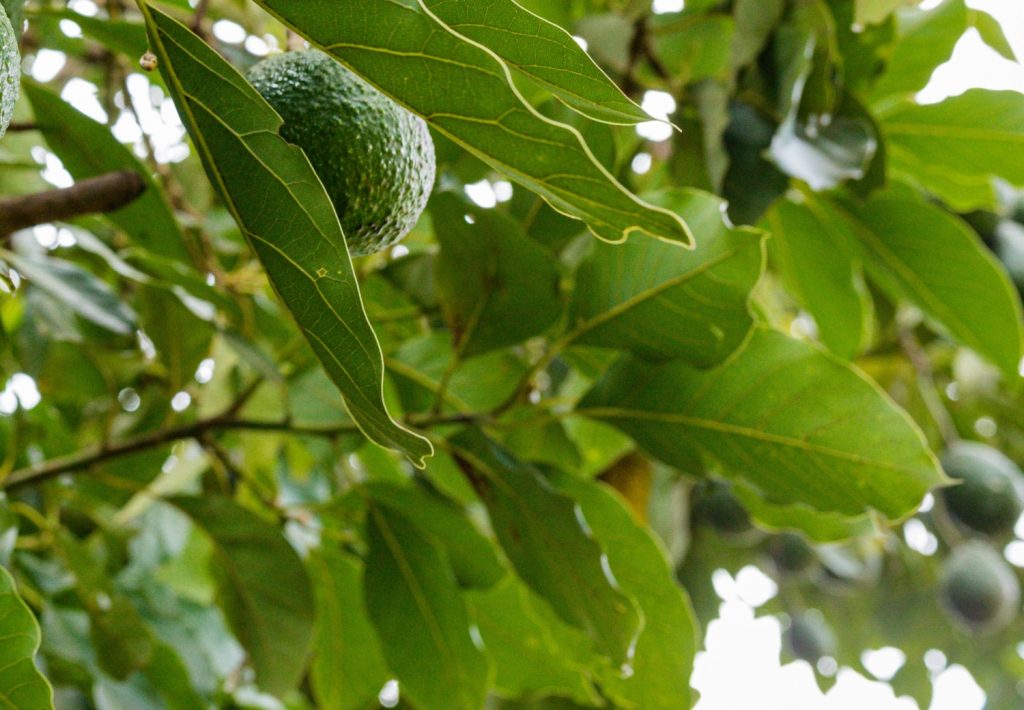
Should you purchase avocado seeds?
Truth be told, the avocados that you purchase from the grocery store may not have the best seeds to start. And, even if you do get these seeds to sprout, that doesn’t necessarily mean that their fruits (if they ever make any) will be worth eating.
A tree started from a store-bought avocado will probably produce mushy, pale fruits that don’t have much taste.
While you can certainly try to grow your own avocado tree from a store-bought avocado pit, you’re much better off purchasing avocado seeds from a reputable nursery or seed catalog. These seeds have been cultivated to improve their chances of germination.
So to set yourself up for success, purchase avocado seeds instead.
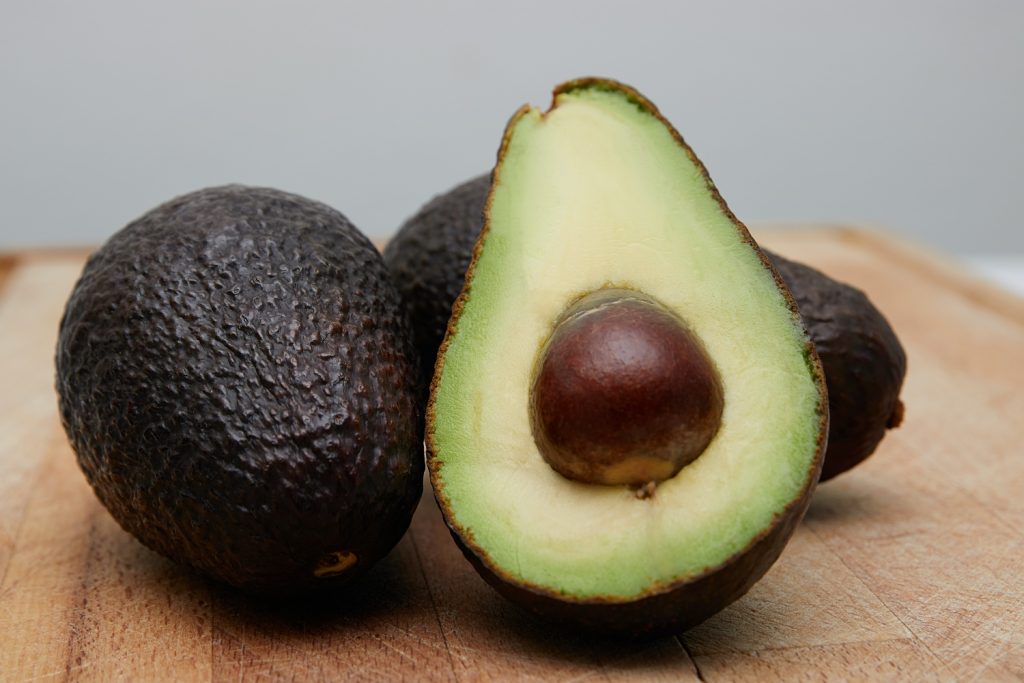
Should you keep your tree in a pot, or plant it in your yard?
Avocado trees are hardy from zones 9 through 11, where the temperatures are hot and the humidity is high. If you live in a warm region, it’s safe to transplant your avocado saplings outside. Be sure to plant your trees in a location where they will receive plenty of sunlight.
Test your native soil and amend it with worm castings, manure, and other organic materials to make the substrate more suitable. Keep the tree’s soil moist, especially after transplanting, and be sure to cover the tree during the winter to protect it from frost damage.
If you live in zone 8 or below, you may still be able to grow an avocado tree successfully. Keep the tree outside to enjoy the warm sunshine during the summer months. But be sure to bring it inside during the winter so it doesn’t freeze to death.
If your growing zone stays at or below 50 degrees for the majority of the year, then you’ll need to make your avocado tree a houseplant. That’s okay, though, because avocado trees grow very well inside. Many indoor gardeners start avocado trees from seeds simply because they enjoy the plant’s tropical good looks.
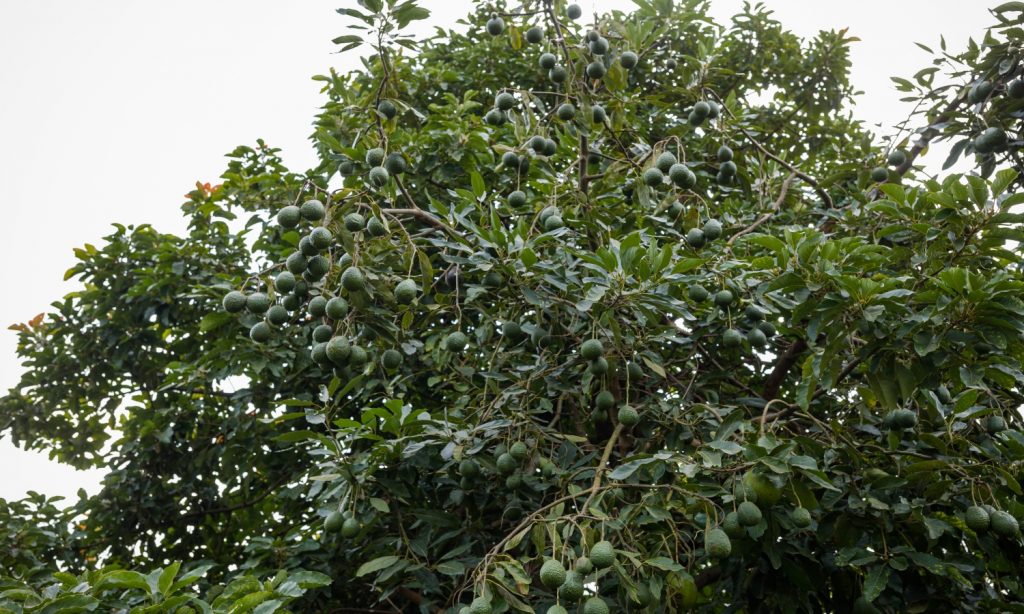
Why isn’t your avocado tree blooming?
Unfortunately, there is no way to speed up the flowering process. The time it takes for your avocado tree to bloom is up to the tree itself.
You can, however, ensure the plant is able to bloom at the soonest available opportunity by meeting all of its growing requirements from the moment you place it in the soil.
To encourage your avocado tree to bloom, plant it in full sun, and in loamy, well-draining soil that has a pH of 6.0 to 7.0. Use a soil test kit to determine your soil’s pH level. If your soil is too acidic, use lime or wood ash to bring the level closer to neutral. And, if your soil is too alkaline, mix in some sphagnum moss or sulfur to bring the pH down.
Adding a healthy dose of compost to your native soil will help, too, because avocado trees love nutrient-rich organic materials.
Although you should never water your avocado tree to the point that its soil is muddy, you should keep the soil uniformly moist. This will keep the ground cool and the roots hydrated so the plant can grow well.
Meeting all of your avocado tree’s preferred growing conditions will help the plants produce fruit as fast as possible.
When and how should you prune your avocado tree?
Pruning is essential to keep your avocado tree healthy and to encourage new growth. It’s best to prune your avocado tree in late winter or early spring before new shoots begin to develop.
Use a sharp pair of pruning shears to thin out excessive growth to improve. Improving airflow helps prevent diseases, like powdery mildew.
You should also use this opportunity to shape the plant a bit. Removing obvious asymmetries helps keep the plant balanced so it doesn’t become too heavy on one side. Avocado trees tend to develop a long, linear shape. Pruning the top of the tree will encourage the plant to branch out where it’s easier for you to pick its fruits.
Regular pruning helps to increase the size of the fruits over time. When you prune your tree from the start of its growing stages, all you should need is a pair of shears. But if your avocado tree has been neglected for some years, or if one of its larger branches has died back, you’ll need a limb saw, too.
When you’re done, healthy pruned foliage can be added to your compost heap, but diseased leaves should be burned or tossed in the garbage.
How long do avocado trees live?
It’s always exciting to watch an avocado tree take shape. It makes you appreciate all that the plants have to do just to bear fruit. Even though it can take them years to begin flowering, it’s well worth the wait, because once the trees do start making avocados, they can continue to do so for decades.
Healthy avocado trees can live to be between 200 and 400 years old. Trees that have been planted directly in the ground tend to live much longer than potted plants. When grown as a patio plant or indoor plant, avocado trees may only live 20 to 50 years.
But, either way, these are long-lived trees that have the potential to provide you with hundreds of avocados throughout your life — and that’s a lot of guacamole!
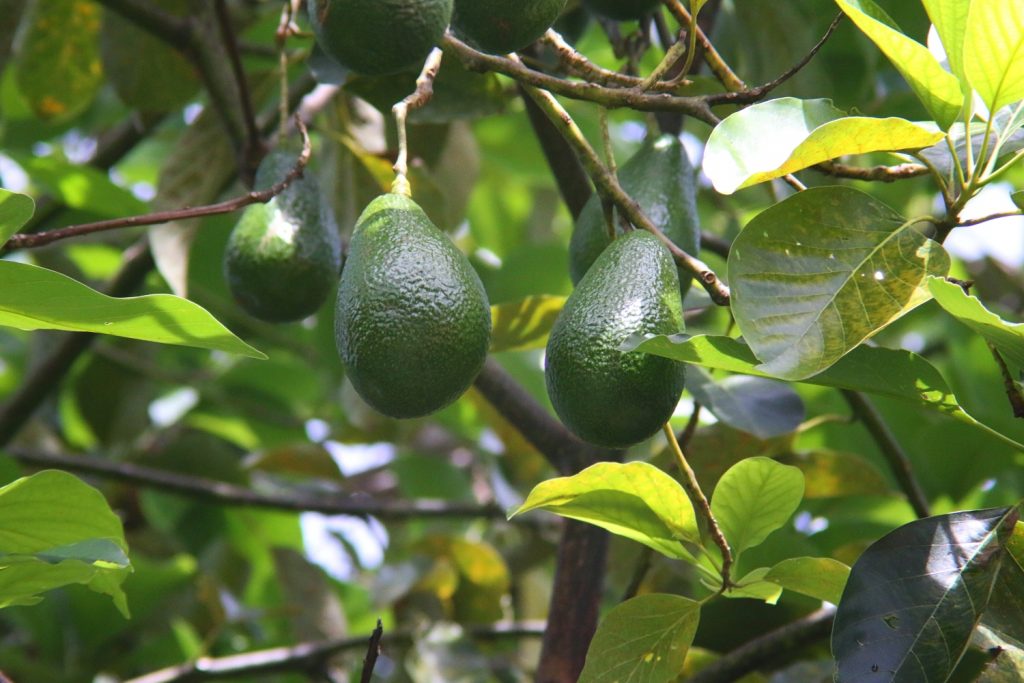
Is starting avocados from seeds worth it?
The answer to this question depends on why you’re growing an avocado tree in the first place.
If you want to start an avocado seed in the hopes that you will have an abundance of fresh avocados to enjoy in just a few year’s time, then, no. It probably isn’t worth it to start your own avocado tree from seed. You should purchase a grafted tree, instead.
But if you’re looking for a fun science project to do with your kids, or if you’re just curious to see what happens when an avocado pit sprouts, then it’s absolutely worth it to start an avocado tree from seed!
No matter how many times you start a few saplings, there’s always something new to learn as a gardener when you watch an avocado pit turn into a tree.
